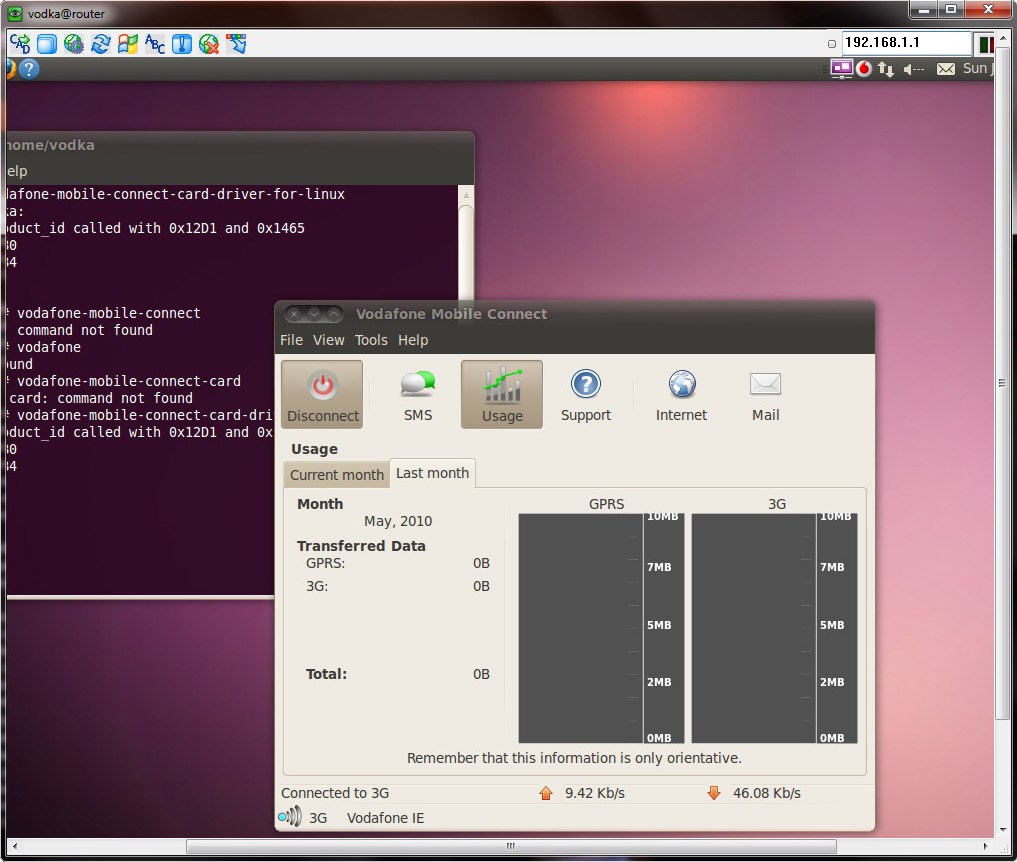

On the connecting side you can either keep NoMachine (the free server/client) or if you just want the client, download and install Enterprise Client for your OS. You can download the evaluation software of all Enterprise products by opening the menu on the website -> Download -> NoMachine Enterprise Products Evaluation. What is the difference between physical desktop and virtual desktop?

Compare the free version with Enterprise Desktop here.

If, on the other hand, you want multiple users to be able to connect to the same physical desktop so they are all seeing the same thing, Enterprise Desktop will let you do this. If you want to be able to run multiple individual desktops on the same Linux host and each user connect to their own, you could start with the Workstation edition which allows up to 4 Linux desktop (what we call virtual desktops). I think you should start your comparison here:


 0 kommentar(er)
0 kommentar(er)
